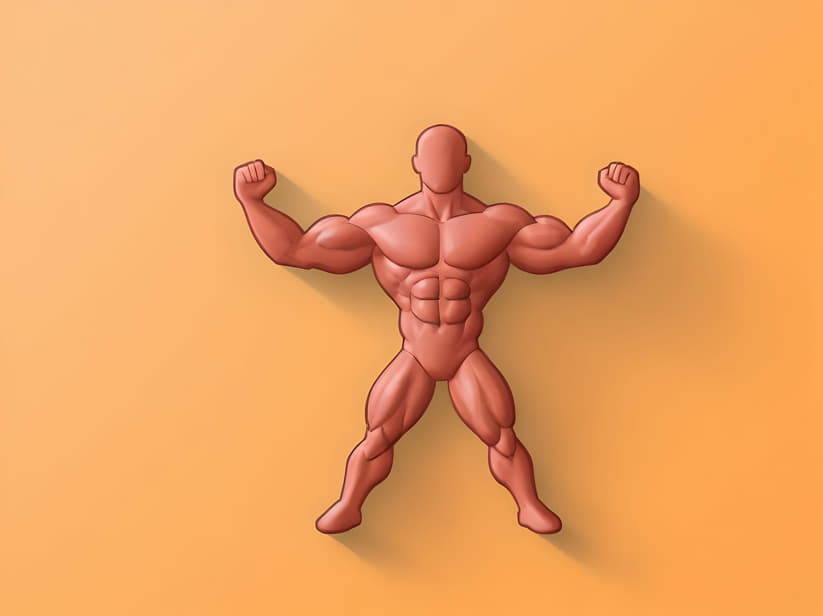
The corrugator supercilii muscle is a small, narrow muscle located in the forehead region of the face. This article explores the anatomy, function, and significance of the corrugator supercilii muscle in facial expressions and overall facial anatomy.
Anatomy of the Corrugator Supercilii Muscle
The corrugator supercilii muscle is a facial muscle situated deep within the forehead, just above the eyebrows. It originates from the bony ridge of the eyebrow region (superciliary arch) and inserts into the skin of the forehead, typically blending with other facial muscles such as the orbicularis oculi muscle.
Function and Role in Facial Expressions
The primary function of the corrugator supercilii muscle is to draw the eyebrows downward and medially toward the bridge of the nose. This action produces vertical wrinkles or furrows on the forehead, commonly known as frown lines or glabellar lines. The corrugator supercilii muscle works in conjunction with other facial muscles to create various expressions, including:
- Frowning: Contraction of the corrugator supercilii muscle contributes to the facial expression associated with displeasure, concentration, or confusion.
- Emotional Expression: The muscle’s activity can intensify or soften expressions of sadness, anger, or concern by altering the position and shape of the eyebrows.
- Non-verbal Communication: Movements of the corrugator supercilii muscle play a role in non-verbal communication, conveying subtle emotional cues and responses during social interactions.
Clinical Implications
- Cosmetic Concerns: Overactivity or hypertrophy of the corrugator supercilii muscle can lead to pronounced frown lines, prompting individuals to seek cosmetic procedures such as botulinum toxin injections (e.g., Botox) to temporarily relax the muscle and smooth out wrinkles.
- Medical Considerations: In some medical conditions such as blepharospasm (involuntary eyelid twitching) or certain types of headaches, the corrugator supercilii muscle’s activity may be affected, requiring specialized medical evaluation and treatment.
Variability in Anatomy
Anatomical variations in the corrugator supercilii muscle’s size, insertion points, and functional capabilities may exist among individuals. These variations can influence the aesthetic appearance of the forehead and the effectiveness of cosmetic treatments aimed at reducing frown lines.
Research and Innovation
Ongoing research in facial anatomy and neuromuscular physiology continues to advance our understanding of how muscles like the corrugator supercilii contribute to facial expression and emotional communication. Innovations in medical and cosmetic treatments aim to refine techniques for addressing aesthetic concerns related to facial wrinkles and muscular activity.
The corrugator supercilii muscle is a pivotal component of facial anatomy, contributing to expressions of emotion, non-verbal communication, and aesthetic appearance. Its role in frowning and creating vertical forehead wrinkles underscores its significance in conveying emotional states and interpersonal interactions. Understanding the anatomy and function of the corrugator supercilii muscle enhances our appreciation of facial expressions and the intricate dynamics of facial muscle physiology.